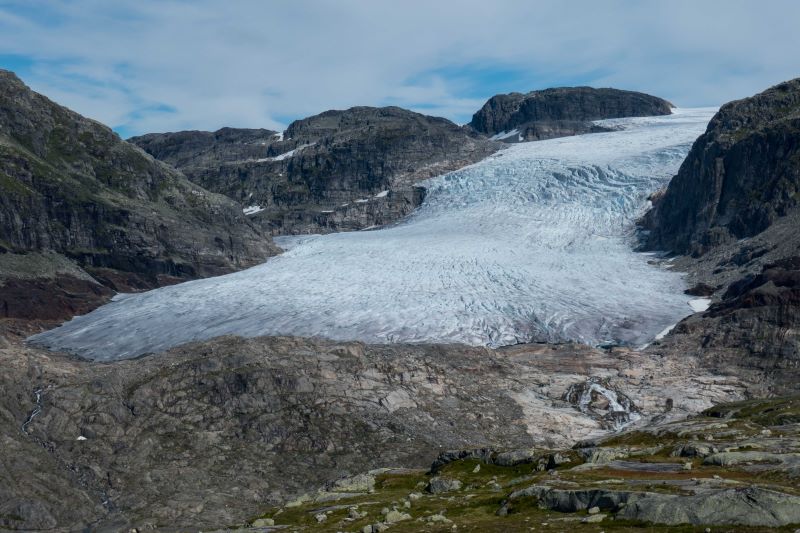
Glaciers
Glaciers in mainland Norway have importance for hydropower production, climate research and tourism, but are also a source of natural hazards. Glacier influence on river discharge and hydropower production has resulted in an extensive glacier measurement record.


